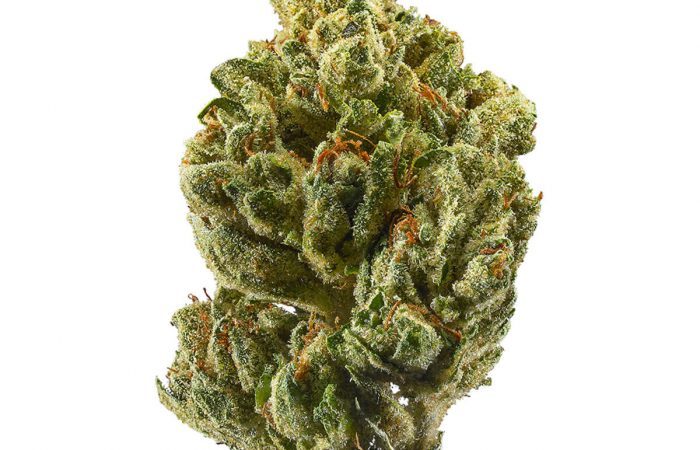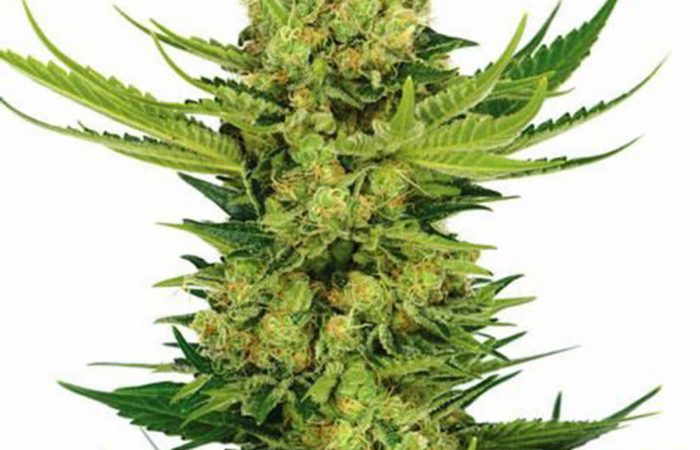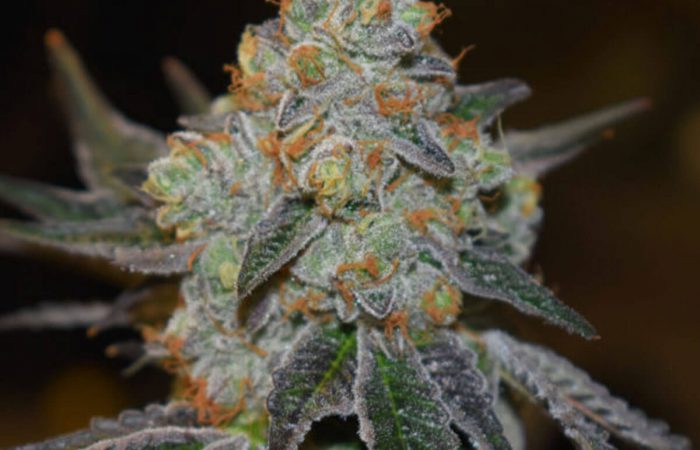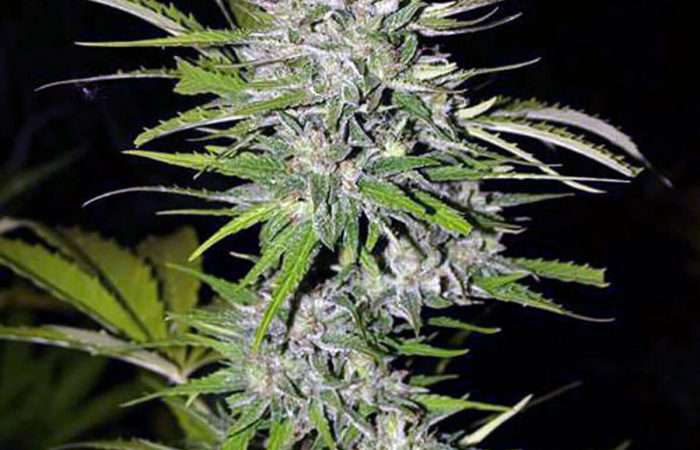Badazz Cheese Strain FAQ
What are the pros and cons of growing feminized cannabis plants?
Feminized cannabis seeds have been treated to produce only female plants. This is done by stressing the plant in a way that causes it to produce male hormones, feminizing the flowers. The main advantage of growing feminized plants is that they produce more buds and are more valuable to growers. However, there are some potential drawbacks to consider as well. One is that the process of making feminized seeds is less reliable than regular seed production, so there is always the risk that some seeds will be male. Another concern is that feminized plants may be more susceptible to hermaphroditism, producing both male and female flowers. This can reduce the quality of the buds and make them less valuable. Overall, feminized cannabis plants have both advantages and disadvantages that growers need to weigh before deciding whether to grow them.
How to identify male, female, and hermaphrodite cannabis plants?
Cannabis plants can be male, female, or hermaphrodite. Male plants produce pollen needed for fertilization, but they don’t produce the potent flowers that most growers prize. Female plants produce buds that contain high levels of THC, CBD, and other cannabinoids. Hermaphrodite plants have both male and female reproductive organs and can self-pollinate. To identify a male plant, look for small flower clusters that grow between the leaves. Male flowers are typically smaller and less resinous than female flowers. To identify a female plant, look for large clusters of flowers with thick, furry calyxes. Female plants also tend to have more leaves than male plants. Hermaphrodite plants can be identified by their unique flowers, which have both male and female parts. Hermaphrodite plants are rare but can be found in indoor and outdoor grow operations.
What are the advantages and disadvantages of growing cannabis outdoors?
When it comes to growing cannabis, there are various options to choose from. One popular method is to grow the plant outdoors. For many cannabis growers, the advantages of growing outdoors are hard to ignore. One of the most obvious benefits is that it’s generally much cheaper to set up an outdoor grow operation than an indoor one. Additionally, outdoor grows allow plants to develop more naturally, as they would in the wild. This can lead to healthier plants with a more robust flavor profile. Finally, outdoor grows typically yield larger harvests than indoor grows, making them an excellent option for commercial growers.
However, there are also some drawbacks to consider. One potential issue is that outdoor plants are more susceptible to pests and disease. They may also be more likely to be discovered by curious passersby. Overall, growing cannabis outdoors can be a great way to produce a large quantity of high-quality buds, but it is crucial to weigh the pros and cons before deciding.
How to protect cannabis plants growing outdoors from rain and weather changes?
Cannabis plants are susceptible to various environmental stressors, including changes in temperature, humidity, and rainfall. While indoor growers can carefully control these conditions, outdoor growers must take steps to protect their plants from the elements. One way to do this is to choose a site that offers natural protection from the sun and wind. Another option is to erect a canopy or screen to shield plants from direct sunlight and heavy rains. It’s also essential to monitor the forecast and take action when severe weather is expected. If storms are predicted, outdoor growers can cover their plants with tarps or sheets of plastic. By taking these precautions, growers can help ensure that their plants stay healthy and productive despite the vagaries of the weather.





